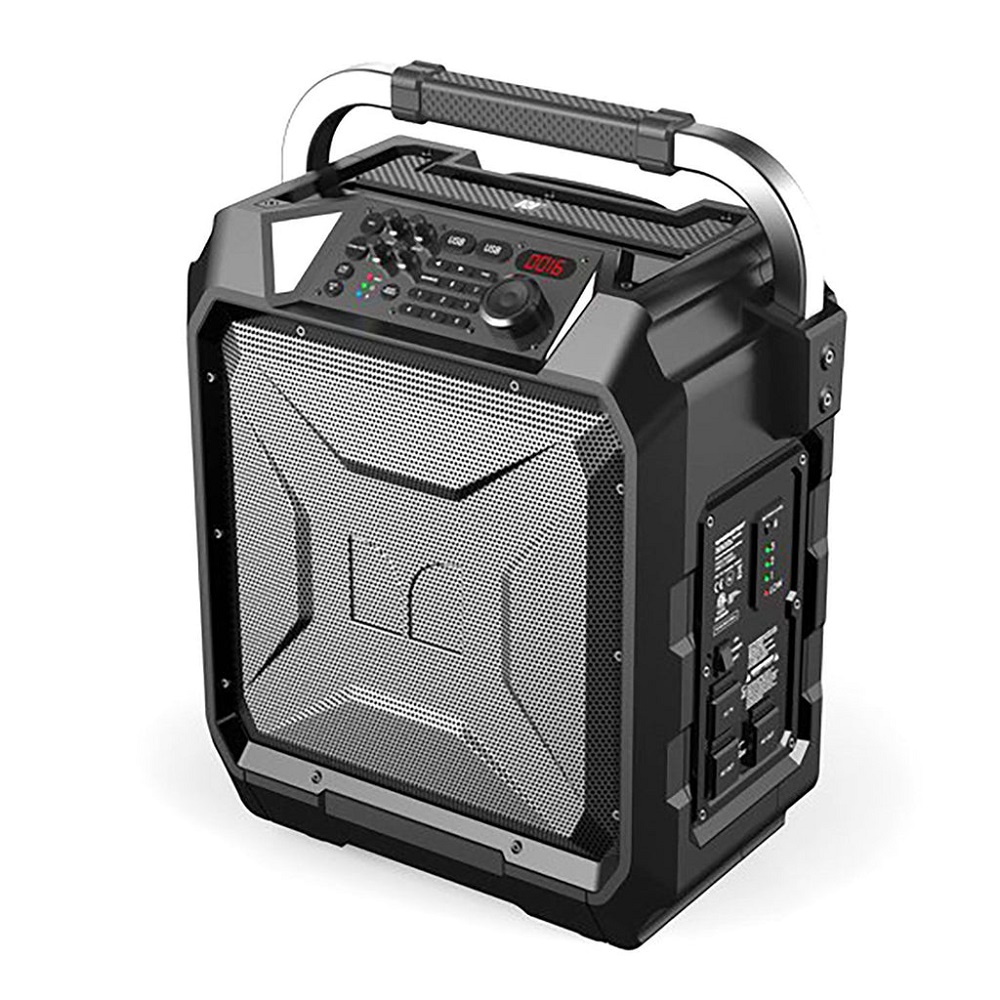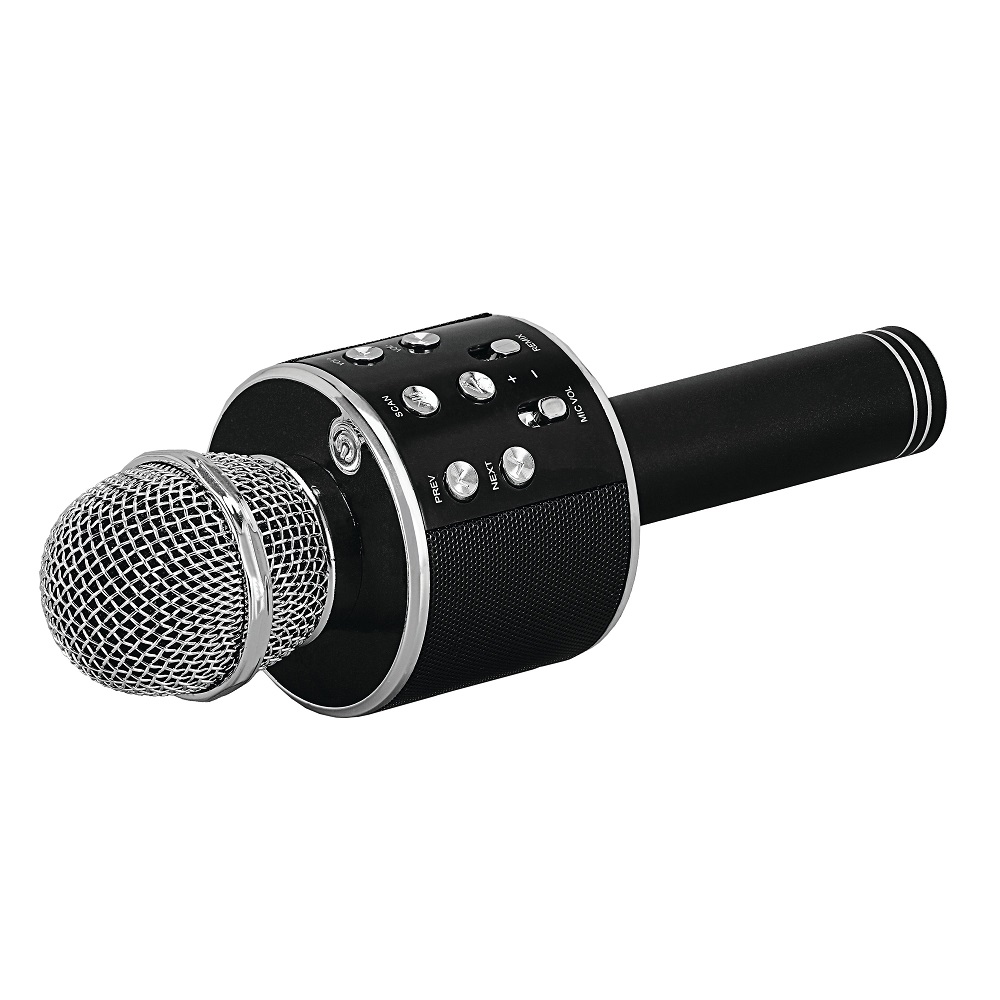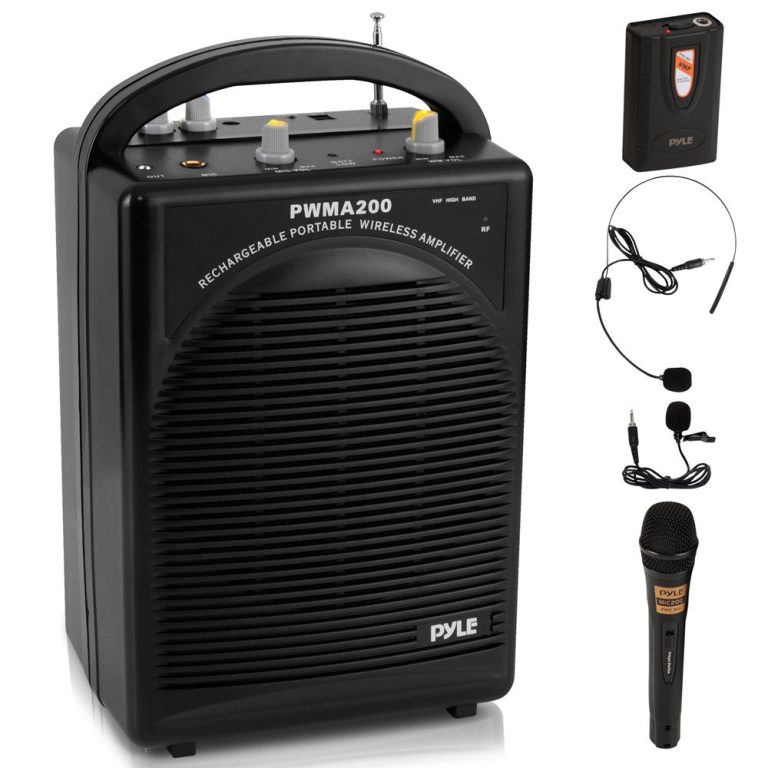Selecting the right speaker microphone is vital for effective communication, whether for public speaking, virtual meetings, or professional recordings. The quality of audio can significantly impact your message’s clarity and engagement. With the plethora of options available on the market, finding a suitable microphone can be overwhelming. This guide will provide insights into choosing the right speaker microphone based on your specific needs, preferences, and usage scenarios.
Understanding Different Types of Microphones
Condenser Microphones
Condenser speaker microphone is popular for various applications, especially for speaking and vocal performances. These microphones use a capacitor to convert sound waves into electrical energy, resulting in a high-quality, accurate sound reproduction. Condenser mics generally capture a broad frequency range, making them suitable for studio recordings and live presentations.
They are highly sensitive and can pick up subtle nuances in speech, ensuring clarity and definition. However, due to their sensitivity, condenser microphones may require additional care in noisy environments. They usually come with a power source, such as a battery or phantom power from a soundboard, which can add complexity to your setup.
Dynamic Microphones
Dynamic speaker microphone is another prevalent option for speakers. These mics use a moving coil to convert sound into an electrical signal, making them robust and durable. They are particularly effective in handling high sound pressure levels, which makes them ideal for live performances or loud environments.
One advantage of dynamic microphones is their ability to minimize background noise. This feature is particularly beneficial in settings where ambient noise is a factor. As a result, dynamic microphones are often the preferred choice for public speaking, conferences, and events where clarity is needed without interference.

Choosing the Right Microphone Type for Your Needs
Use Case Considerations
When selecting a microphone, consider your primary use case. Are you a public speaker who frequently gives presentations? Or perhaps you are a content creator focusing on podcasts or streaming? The intended use will significantly affect your microphone choice.
For public speaking events, a handheld dynamic microphone might be more practical. These microphones are usually easy to handle and allow the speaker to move freely. In contrast, if you’re looking for high-quality audio for videos or podcasts, a condenser microphone may provide better results for vocal clarity.
Environment Factors
Another critical factor is the environment in which you will be using the microphone. In a controlled studio environment, condenser mics shine due to their sensitivity and clarity. However, if you work in a noisy setting or outdoors, dynamic microphones may be a wiser choice due to their durability and ability to filter unwanted noise.
Also, consider whether you will be stationary or mobile during your presentations. If you need to move around, consider a wireless microphone system, which often includes either lavalier or handheld options for maximum mobility.
Evaluating Microphone Features
Frequency Response
The frequency response of a microphone describes the range of frequencies it can capture. This measurement is crucial for understanding how well the microphone can reproduce different sounds. Most microphones specify their frequency response ratings, typically represented in hertz (Hz).
For speech applications, a frequency response range from 80 Hz to 15 kHz is generally sufficient. However, if the microphone is also used for music or other sound applications, consider those with a wider range. A broader frequency response can capture more nuanced details, enhancing audio quality.
Polar Patterns
Polar patterns indicate how microphones pick up sound from various angles. Understanding polar patterns can help you select a microphone that fits your specific needs.
- Cardioid: This pattern captures sound primarily from the front and sides while rejecting noise from the rear. Cardioid microphones are ideal for live speaking situations, as they focus on the speaker’s voice and minimize background noise.
- Omnidirectional: These microphones capture sound equally from all directions. They are useful in situations where you want to record ambient sounds or conversations among multiple people. However, they can also pick up unwanted noise from the surroundings.
- Bidirectional: This pattern captures sound from the front and back, making it suitable for interviews or discussions between two speakers. Bidirectional microphones can be excellent for capturing dialogue in a two-person setup.
Additional Features
Additional features can enhance your overall experience with a microphone. Features to consider include built-in pop filters, which can minimize plosives (explosive sounds) during speech. Another valuable feature is a mute button, allowing you to silence the microphone quickly when needed.
Durability and build quality also matter. Some microphones are designed for rugged use, making them suitable for traveling speakers or outdoor events. Consider your specific needs and look for microphones equipped with features that align with your requirements to ensure satisfaction over time.

Budget Considerations
Setting a Budget
Microphone prices can vary significantly, depending on the brand, type, and features. Setting a realistic budget before shopping will streamline your search. Initially, determine how much you are willing to spend on a microphone while considering both your immediate needs and any potential future uses.
It’s essential to understand that while cheaper microphones may be available, they can compromise audio quality. Investing in a reliable microphone will benefit your audio production in the long run. For professionals or frequent users, consider allocating more budget to ensure quality and longevity.
Comparing Options in Your Price Range
After establishing a budget, research options within that range. Read customer reviews and professional evaluations to assess the quality and performance of microphones. Online forums can also provide insight into specific models and their strengths or weaknesses.
Don’t hesitate to visit local audio equipment stores to test microphones before making a purchase. Hands-on experience can provide a sense of which microphone feels most comfortable and meets your sound quality expectations.
Testing Your Microphone
Conducting Back-to-Back Comparisons
Once you have narrowed down your choices, it’s wise to test multiple microphones. If possible, bring a recording device to evaluate the audio quality of each microphone under similar conditions. Make recordings while speaking at different volumes, distances, and angles to get a clearer idea of how each microphone performs.
Back-to-back comparisons can reveal subtle differences in audio characteristics. Take notes on any particular preferences, such as warmth, clarity, or background noise rejection. This process will help you narrow down which microphone suits your voice and preferences best.
Consider Your Environment
When testing microphones, replicate the environment you plan to use them in. If you will be speaking in a noisy setting, test the microphones with background noise or crowds to assess how well they perform. This real-world evaluation can greatly influence your final decision.

Maintaining Your Microphone
Proper Care and Storage
Once you have chosen the right speaker microphone, understanding how to maintain it is pivotal for longevity. Proper care will ensure that your microphone continues to deliver high-quality sound over time.
Store your microphone in a protective case when not in use. Keeping it secure reduces the risk of damage from falls or environmental exposure. Ensure the microphone is clean and free from dust or debris, which can affect audio quality.
Regular Inspections
Regularly inspect your microphone, looking for signs of wear and tear, such as frayed cables or damaged connectors. Addressing these issues promptly can prevent more significant problems down the line. If applicable, replace or recharge batteries to ensure optimal performance during usage.
If you notice a significant decline in audio quality, consider troubleshooting. Try different cables, connections, or equipment. If problems persist, seek professional assistance to diagnose potential internal issues.
Making an Informed Choice
In conclusion, choosing the right speaker microphone is essential for achieving clear and impactful communication. By understanding different microphone types, identifying your specific needs, and evaluating key features, you can make an informed choice. Budget considerations, hands-on testing, and proper maintenance play crucial roles in the selection process.
Always remember that audio quality can significantly affect how your message is perceived. Investing time and effort into finding the right microphone tailored to your requirements will enhance both your confidence and effectiveness. With the right microphone in hand, you can ensure that your voice is heard clearly and powerfully, no matter the setting. Embrace the journey of selecting a microphone and take your speaking engagements to the next level!


